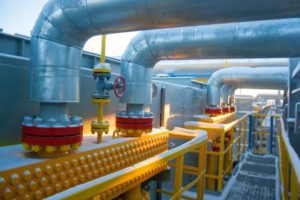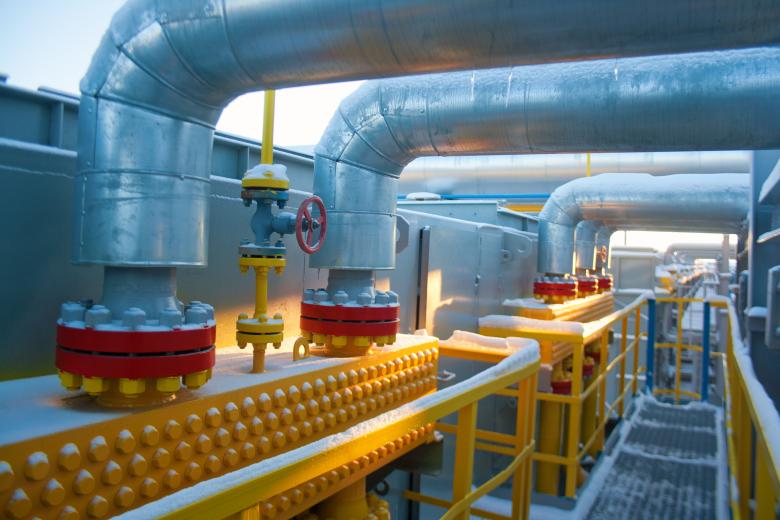The pipeline, expected to cost between $20 billion and $25 billion, is planned to run for 3,840 miles (5,600 kilometers) from Nigeria along the West African coast to Morocco before connecting with pipelines in Italy and Spain and potentially delivering more non-Russian gas to Europe.

Nigeria wants to monetize and export more of its vast natural gas resources, which are now currently only exported by Nigeria LNG, a joint venture of NNPC and international oil and gas majors. More gas exports for Nigeria would also mean diversifying the African producer’s gas export routes and eliminating gas flaring, according to Nigerian officials.
Last month, NNPC and the Moroccan Office National of Hydrocarbons and Mines signed the Memorandum of Understanding for the construction of the Nigeria-Morocco gas pipeline.
“We will take a final investment decision next year,” Mele Kyari, CEO of the Nigerian National Petroleum Corporation (NNPC), told Bloomberg in an interview published on Monday.
According to NNPC’s top executive, the huge pipeline will be built in stages, with the first one expected to take three years to complete. The other phases of the construction would take five years, Kyari told Bloomberg. Nigeria, Morocco, and other stakeholders are currently discussing terms of financing with potential financial partners and lenders, he added.
Nigeria plans to significantly boost its gas production, and quadrupling output in the next four years is “very realizable,” the manager said.
The longest offshore pipeline – if completed on time – could supply more pipeline gas from Africa to Europe by the end of this decade, when the EU will have freed itself from Russian gas, according to its current plans.
According to oilprice















